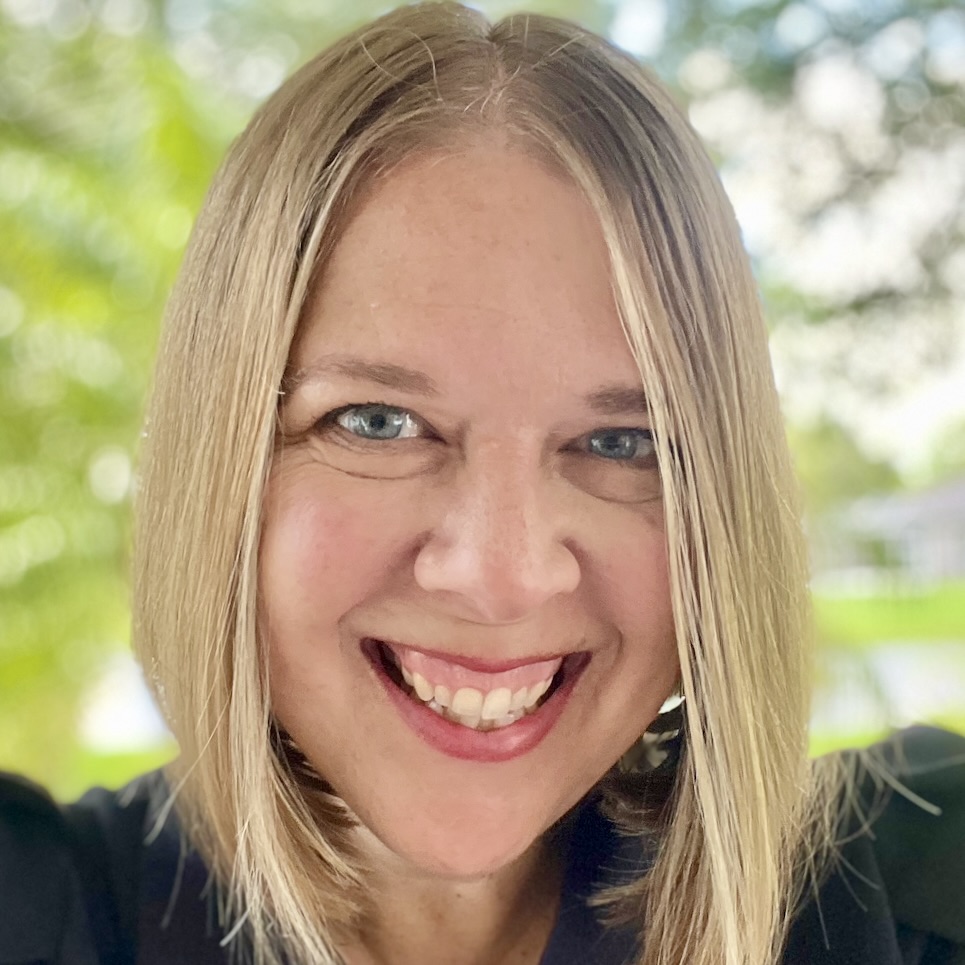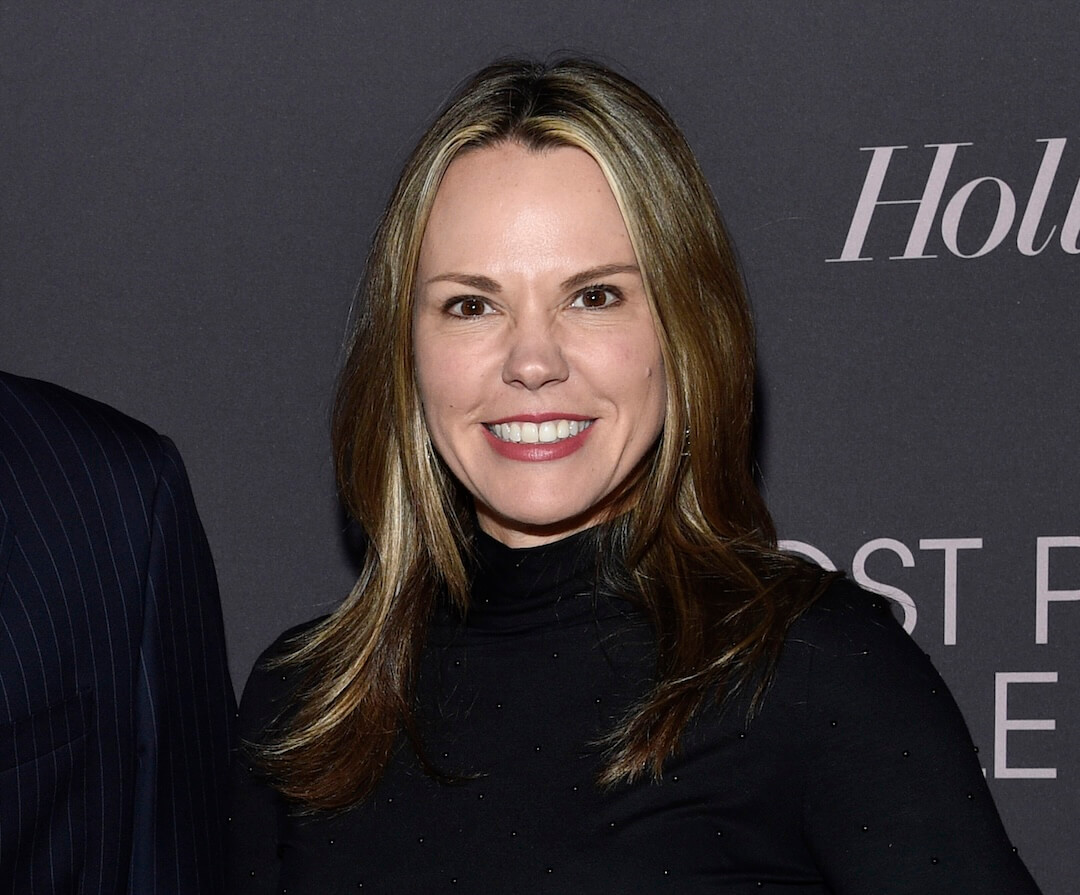This summer, three young journalists went to work in local newsrooms. But they weren’t there to report, photograph, video or edit — they did it for the gram.
University of Missouri Journalism School graduates Emily Dunn, Grace Lett and Magdaline Duncan worked at the St. Louis Post-Dispatch, The Boston Globe and the (Minneapolis) Star Tribune specifically to test and create Instagram strategies to attract younger audiences.
The Instagram Local News Fellowship was a project from Instagram and the Reynolds Journalism Institute at Mizzou.
The three fellows brought creativity and a fresh perspective to their newsrooms, said Lila King, news and publishing partnerships lead with Instagram, in an email. (You can hear even more about their fellowship at a session at ONA19 in New Orleans this week.)
Related: How do you reach young audiences? These local newsrooms and Mizzou grads will experiment on Instagram
[the_ad id=”667826″]
The goal of the fellowship wasn’t to grow followers or engagement — it was to get local newsrooms thinking about reaching new, younger audiences using the platform.
In all three places, it did both.
Instagram followers in Minneapolis grew by nearly 3,000. The Star Tribune went from no followers in the 13-17 age range to a growth of 1%.
Working with Duncan freed up other resources and created time for experimentation on Instagram, said Colleen Kelly, a senior digital editor at the Star Tribune, in an email.
“The biggest win was discovering how highly engaged our Instagram community was,” she said. “They responded enthusiastically to our new, more interactive approach to stories. They were appreciative of our efforts to more thoroughly engage in the comments, answering questions and replying to feedback. Our week-over-week growth in follower counts improved by nearly 50% some weeks.”
[the_ad id=’667872′]
In St. Louis, the Post-Dispatch’s account grew by more than 4,000 in two months as Dunn worked with the paper to create an Instagram strategy. During Dunn’s time there, the St. Louis Blues won the Stanley Cup, which offered a great experiment for reaching fans through the platform using live coverage and user-generated content.
“Emily was able to separate the insta from the gram in terms of apps and tools that make it easier to create, schedule and post,” said Elaine Vydra, the Post-Dispatch’s audience development manager. “We now use Later a ton. She was also able to set up our ‘link in bio’ using that tool.”
A big challenge was and still is seeing how spending time on the platform pays off for the newsroom, Vydra said.
“We need to be able to measure and report on metrics like unique users, page views, time on site and all that fun stuff; link in bio helps with that.”
Dunn also worked to use Instagram to drive traffic to the Post-Dispatch’s site.
“A few ways I did this was by using content from our own reporters and photographers in each post,” she told Poynter in an email.
Near the end of her fellowship, she also started a weekly roundup of top stories from the week.
In Boston, the Globe saw Instagram follower growth rise by 5%, “and by increasing the frequency of Instagram Stories, we saw a 700% increase in profile visits, and a 590% increase in swipe-ups,” said Devin Smith, The Boston Globe’s senior editor for audience engagement, in an email.
Lett worked as the point person for the Globe’s Instagram, which helped her oversee and coordinate content. Traditionally, newsrooms have used Instagram to showcase their photographers’ work. There’s still room for that, she said, but it’s also a way to help raise awareness of traditional journalism’s other work.
“Even if your Instagram’s content isn’t necessarily directly translating into paying subscribers, I think there’s definitely something to be said about brand awareness and familiarity, especially among a demographic that could become your future subscriber base,” Lett told Poynter in an email.
Having an IG fellow has changed the Star Tribune’s approach to Instagram stories in particular, Kelly said.
“We are less focused on static, ‘perfect’ photography that mimics a print presentation and now approach Instagram with a more targeted approach that re-creates and re-formats content for Instagram. We have moved to a more interactive approach, turning facts from a story into a quiz, for example, or asking questions, and our Instagram followers have responded well.”
In Boston, one great success is a weekly “trending” roundup, which they’ll continue, Smith said.
“Some of these top stories have gotten more than 500 swipe-ups in a 24-hour period.”
If your newsroom is ready to develop an Instagram strategy, Nico Gendron, the fellowships product manager for Instagram, recommends this:
- Develop a strategy, even if it’s minimal, “i.e. you source UGC (user-generated content) every Friday based on a specific hashtag or tease an investigative feature on Instagram Stories. We understood newsrooms are lean and can’t dedicate one person to focus solely on Instagram/be the Instagram editor.”
- Get feedback from the baby journalists in your community by tapping into high school journalism programs. “This will help your engagement/social team to identify a potential starting strategy and gain some account followers.”
“We talk a lot in our field about the importance of fostering a two-way conversation, usually in the context of a newsroom and its audience,” said Instagram’s King. “What we saw this summer was that a two-way conversation across generations of journalists can be just as important and impactful.”
Kristen Hare reports on local news for Poynter. She can be reached at khare@poynter.org or on Twitter, @kristenhare.


 ⠀⠀ ⠀⠀
⠀⠀ ⠀⠀  by @photocarson ©️2019 St. Louis Post-Dispatch #WeAreSTLToday⠀⠀
by @photocarson ©️2019 St. Louis Post-Dispatch #WeAreSTLToday⠀⠀




